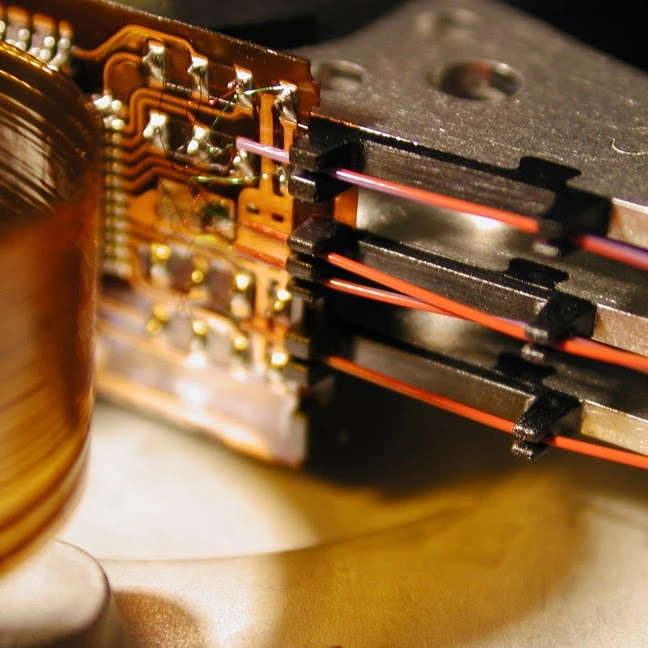- cross-posted to:
- technology
- cross-posted to:
- technology
These keyboards rely on magnets and springs and activate by sensing changes in the magnetic field. Popularized by Dutch keyboard startup Wooting, these switches rely on the Hall Effect and have actually been around since the 1960s.
You can change how far you need to press down to register the keystroke, as well as for the release point.
The one thing you can’t change, though, is the switch’s resistance. Despite all the talk of magnets, that’s still handled by the spring inside the switch, after all (for the moment, until the xyz is released).
But interestingly, this also means with temperature differences, you may also have to “calibrate” your keyboard. The price point for the Akko MOD007B PC Santorini keyboard at around US$110 to $150 is certainly not more expensive than many mechanical keyboards.
See https://techcrunch.com/2024/04/07/magnets-are-switching-up-the-keyboard-game/
#technology #keyboards



I feel like you could totally change the switch resistance with magnets. Electromagnetism goes both ways… apply a variable current to a coil in each key that repels it from or pulls it towards the base?
You could do that, but would there be any advantage over springs? That seems like a very expensive, over-engineered solution.
That sounds like an Apple product to me.
… isn’t that the point of mechanical keyboards?
Not sure how much resistance you’d get on a 5v rail over 104 magnets
Yes it is an excellent idea. I’d be interested to see tests done around how this travel distance maybe actually increases or decreases any key pressure at all.